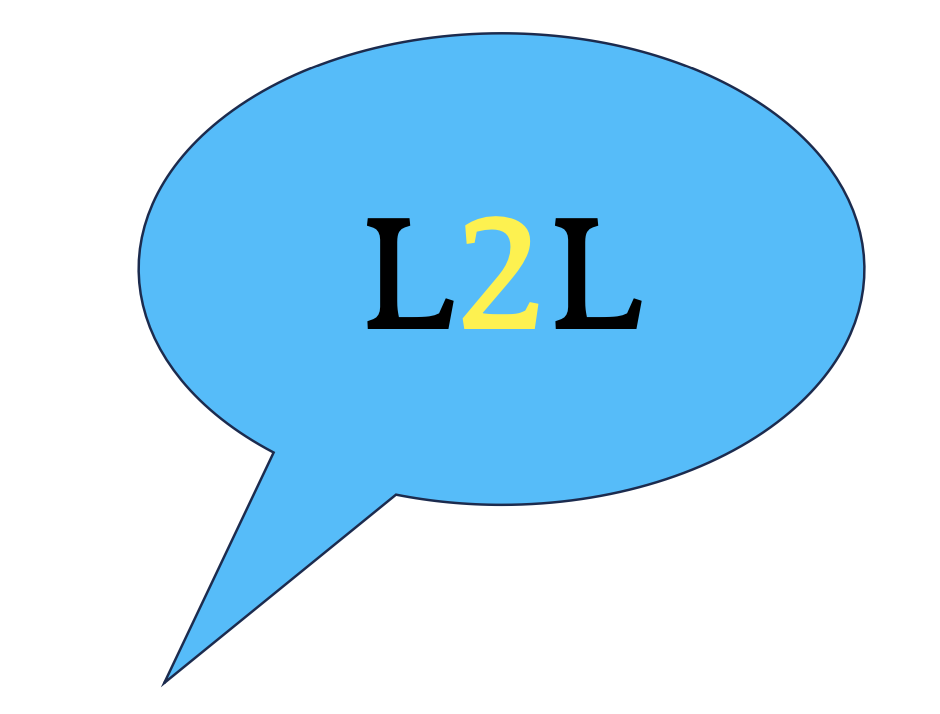Vulnerable in the city
- Clare Delmar
- Apr 25, 2024
- 3 min read

“Vulnerability” comes from the Latin word for wound – vulnis. It’s the state of being open to injury, or appearing as if you are.
Feeling vulnerable manifests in so many different ways – but for pretty much everyone it compromises your sense of safety, wellbeing and equilibrium. Where you live and work is an important part of it, and while some places and neighbourhoods assuage vulnerable feelings, others exacerbate them.
I’ve thought about this a lot in the past few weeks as I recover from ankle surgery, with my lower right leg ensconced in plaster and my mobility severely restricted.
Getting anywhere outside my home has incurred new challenges, requiring daily life hacks and new ways of thinking, and yes, it’s made me feel quite vulnerable at times and much more aware of the spaces and places I inhabit, transit and gather. Decisions about whether and how to navigate these places have taken on a new weight.
A long-planned professional dinner near St Paul’s - should I go? Can I go? What’s the best mobility aid? Decisions: yes, yes and the “stride-on” a kind of wheeled knee rest. Transit? Taxi, in this case from Bolt, as Uber was uber busy. And a taxi ride from hell followed, with an abusive driver and my stride-on scooter locked in the car’s boot. Adventures in vulnerability.
Drinks with friends at the Southbank – now in an orthopedic boot and using crutches. I took the train to Waterloo, thinking the crutches are a deterrant to anyone getting too close. And I was right. Moreover, people went out of their way to ease access.
Supporting friends running the London Marathon – I decided this was a step too far (mind the pun), unable to reconcile the risks of crowding and no seating with my desire to be part of an event that I’ve attended and enjoyed many times before.
The continual expenditure of extra thought, extra time and extra energy is exhausting – and something that many Londoners live with every day. I’m thinking in particular of those mobility-impaired, but also those with other circumstances that underpin vulnerability. And I’m realising how much of this can be helped or hindered through our homes, places and the connectors in between.
Many elderly people, for example, live with vulnerabilities related to their health, their mobility, and their social circumstances. What do they want in a place they call home? Accessible shops, cafes, cultural outlets, toilets, lighting, consistent signage and gathering spaces to start.
Like the elderly, disabled folks need similar types of accessibility to ease their vulnerabilities, and they also want to be visible and integrated into the places they frequent.
And women need to feel safe as they travel throughout the city whether it’s in taxis, tubes, cycle paths or walking through public spaces. Visible infrastructure like lighting and CCTV are essential to making women feel safer, as are services like hotlines and safe spaces.
Many, but not all, of the things that ease people’s vulnerabilities are what I think of as low-hanging fruit: cheap, uncontentious and visible. The kinds of things that help to build trust in their local institutions, and each other.
That’s why things like public benches and public toilets are so powerful. Public benches are more than just a place to sit and rest, but also a channel for social connection. Public loos enable vulnerable people to escape the “loo leash” and get out of their homes.
Identifying the low hanging fruit and spreading it around may sound easy, but the will to do so requires a shift in mindset.
One person doing just that is Natasha Reid, an advocate and practitioner of Compassionate spaces, “architecture that harnesses the emotional and social power of spaces”. Her work is driven by a vision of our built environment that takes emotional, psychological and social needs as a starting point for creating our surroundings.
Another is Thomas Heatherwick, now leading a movement called Humanise, a “10 year global campaign to confront the public health issues caused by boring buildings and inspire the public to demand better”.
And there are others, increasingly supported by evidence showing not only how our built environment impacts our health and wellbeing but demonstrating interventions that benefit all, including the most vulnerable.
All of us feel vulnerable at times; for some it’s temporary, for others it’s periodic. And for many, vulnerabilities are long term. Shared human experience is a good starting point for collective action. Keep your eye on the low-hanging fruit.
Clare Delmar
Listen to Locals
25 April 2024




